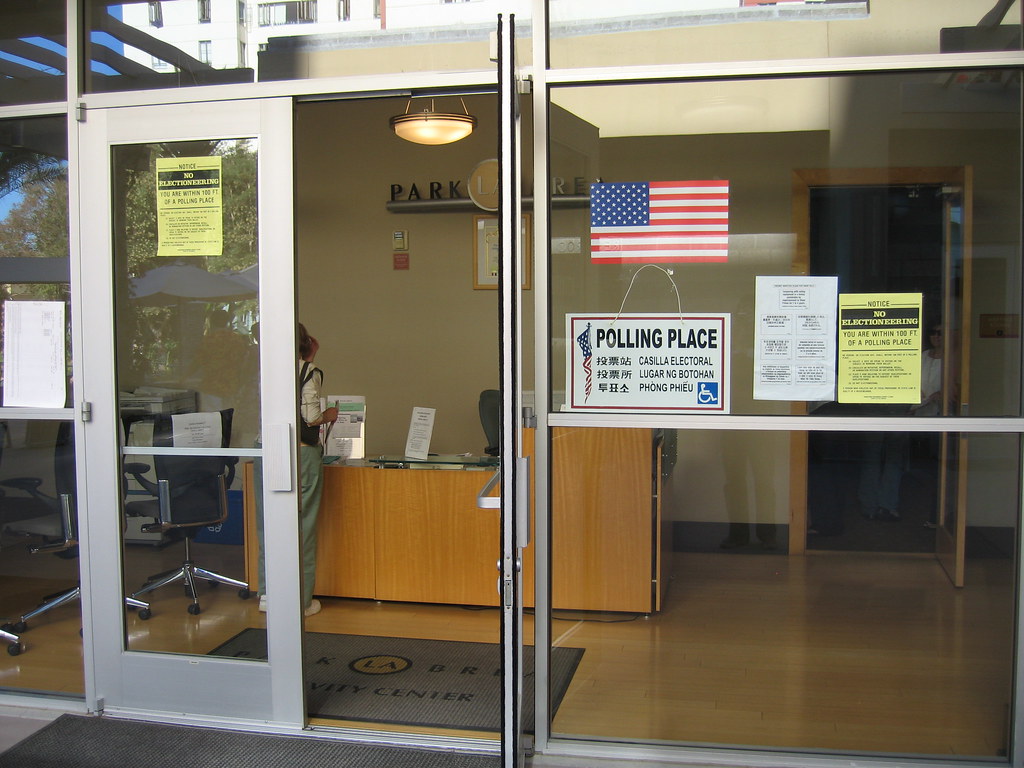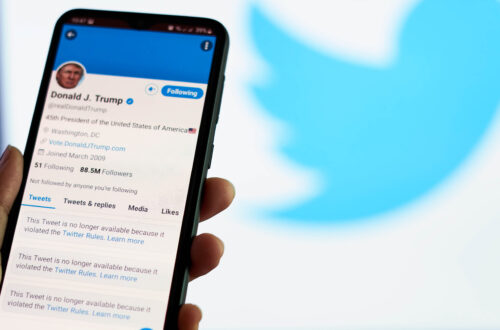In the months leading up to the presidential election, both campaigns have emphasized the importance of transparency, focusing heavily on the recruitment of poll watchers to monitor activity and prevent fraud. In response, the phrase “voter intimidation” is an increasingly common buzzword.
Unfortunately, much of President Trump’s rhetoric has concerned voters on both ends of the political spectrum, causing them to feel unsure about the legitimacy of the upcoming election. He has claimed that mail-in voting will spur “fraud like you’ve never seen” and has urged his supporters to “go into the polls and watch very carefully.”
Trump’s frequent allegations of voter fraud and discouraging voters from voting by mail have resulted in accusations of voter intimidation and suppression along with varied opinions regarding the trustworthiness of this election.
These accusations surrounding voting and election legitimacy have accumulated into the mayhem of confusion surrounding the election. However, one thing is very clear: the ongoing threat of voter intimidation is imminent. The intense countermeasures we see within our communities and on social media to encourage voting are proof that voters are under duress.
Voter intimidation is by no means a new concept. Attempting to sway or prevent someone’s vote at the polls by the creation of an uncomfortable environment or harassment is a federal crime. Unsurprisingly, it has historically been communities of color that are privy to this as they have been relentlessly victimized by this unethical practice.
Black and Hispanic people are about twice as likely as white people to encounter problems when trying to vote. These issues include being told they don’t have the right identification, being unable to locate polling places, struggling to get time off from work to vote, facing harassment at the polls, and more.
The barriers that people of color face when trying to participate as responsible citizens in a democracy are unjust yet rectifiable. It is even more frustrating to consider that since the passage of the 15th amendment to the Constitution in 1880, little has changed in terms of the challenges people of color face when voting; they have only evolved.
For insight on how to remedy these ongoing issues threatening our democracy, we must remember the uplifting story of Chester James Sr., an African American man who transcended the American south’s attempts to disenfranchise voters of color.
James believed adamantly that voting and education “were the pathways for the African American to succeed.” His opponents were literacy tests, the Grandfather Clause, and poll taxes, which are all circumventions of the 15th amendment.
His mission was to encourage Black Americans to denounce the threats of the Ku Klux Klan and to be undeterred by the obstacles they faced when trying to exercise one of their most important rights as a U.S. citizen.
James managed to register 1,000 Black voters in St. Petersburg, at the time a town containing 24,000 Black residents. His efforts caused the Black voter registration rate to skyrocket to 10% over the national average — an accomplishment that still lingers today.
James’s noble efforts of encouraging people to vote, teaching them how to register, and dedicating his life to seeking a fairer political system is a major triumph in American history. It is a picture of how important it is for all Americans to have unobstructed access to voting and to exercise this right.
For his deeds, James received a service award in 1963 from the NAACP and was honored in 1964 by President Lyndon B. Johnson.
The importance of individuals in communities not only challenging unequal voting practices such as voter intimidation or literacy tests was as relevant in James’s time as it is today. There are still plenty of obstacles to voting, but James’s actions demonstrate the power of having a voice in a community that promotes political participation.
This determination is evident today as much emphasis is placed on voter registration by multiple members and entities of society. We’ll have to wait and see if such efforts are as effective as James’s work in the 1960s.
Perhaps the most important takeaway from James’s accomplishments is the message he sends to future generations of Americans of color: forge onward; embrace your right; fight injustice; make your voice impossible to ignore.
Featured image: A polling place in the US. Unmodified photo by Sam Felder used under a Creative Commons License. (https://bit.ly/3nZpE8e)
Check out other recent articles from the Florida Political Review here.





